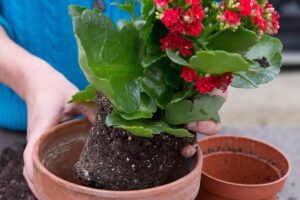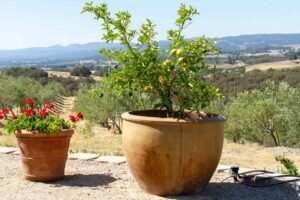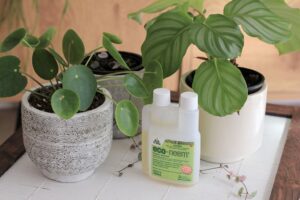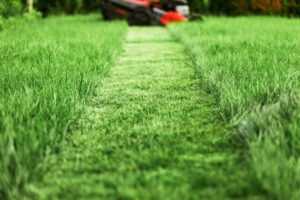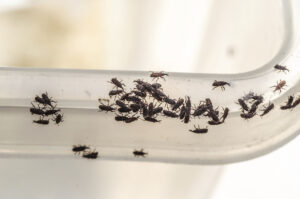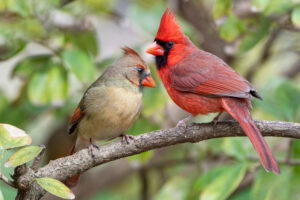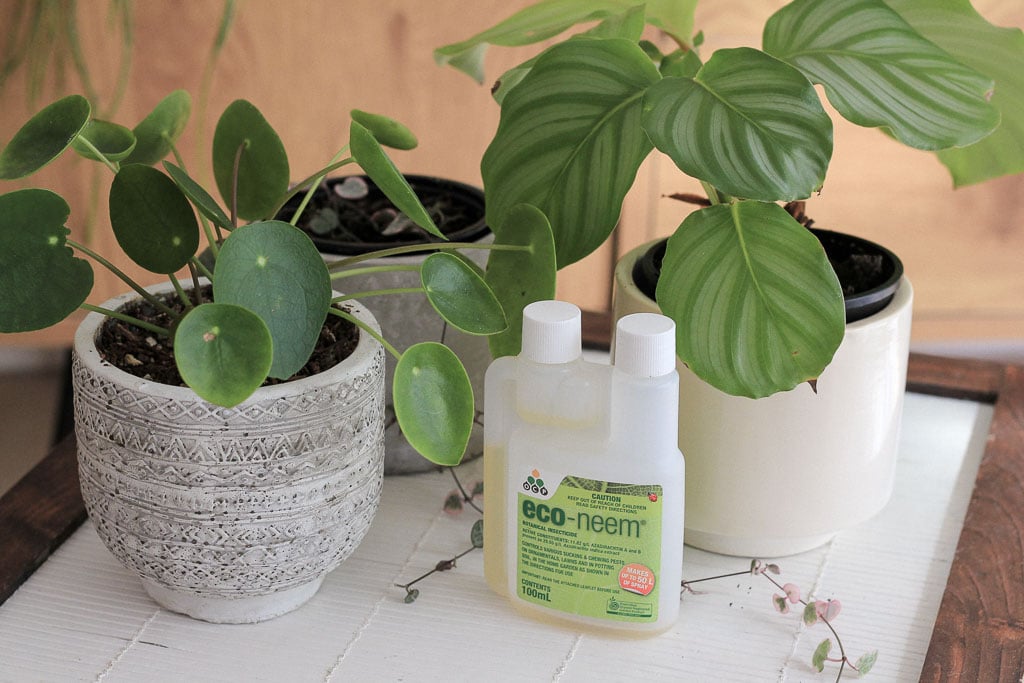
How To Use Neem Oil On Houseplants: A Guide for Flourishing Foliage
Luxuriating in the vibrant presence of houseplants not only enhances the aesthetics of a living space but also demonstrably improves air quality. However, these verdant companions are susceptible to a menagerie of minuscule menaces – aphids, mealybugs, and spider mites, to name a few. Fortunately, there exists a natural and efficacious solution for safeguarding your houseplants against these intrusive inhabitants: neem oil.
Understanding Neem Oil
Extracted from the seeds of the Azadirachta indica, commonly known as the neem tree, neem oil is a potent botanical insecticide with a remarkable range of applications. It disrupts the molting and reproductive cycles of insects, effectively hindering their ability to thrive and propagate. Beyond its insecticidal properties, neem oil boasts fungicidal and acaricidal properties, making it a well-rounded weapon in the houseplant enthusiast’s arsenal.
Benefits of Neem Oil for Houseplants
- Organic and eco-friendly: Unlike synthetic pesticides, neem oil is a naturally derived product, minimizing the environmental impact of pest control.
- Broad-spectrum action: A single application of neem oil can effectively target a variety of common houseplant pests, reducing the need for multiple products.
- Repellent properties: Neem oil not only eliminates existing infestations but also deters future invasions by masking the alluring pheromones emitted by some pests.
- Fungicidal and acaricidal: In addition to its insecticidal prowess, neem oil combats fungal diseases and mites, offering comprehensive protection for your houseplants.
Preparing Your Neem Oil Solution
While pre-mixed neem oil solutions are readily available, creating your own concoction allows for greater control over the concentration. Here’s a breakdown of the essentials:
- Ingredients:
- High-quality neem oil
- Water
- Mild, castile soap (acts as an emulsifier, facilitating the mixing of oil and water)
- Mixing Ratios: A common dilution ratio for houseplants is 1 tablespoon of neem oil, 1 teaspoon of castile soap, and 1 liter of water. However, it’s crucial to consult the specific instructions provided on the neem oil product you’re using, as concentrations can vary.
Patch Test: Before liberally applying the solution to your entire plant, conduct a patch test on a small, inconspicuous area of foliage. Observe the treated area for 24-48 hours. If no signs of phytotoxicity (plant damage) like discoloration or wilting appear, proceed with the full application.
Applying Neem Oil Effectively
Timing and Frequency:
- Apply neem oil early morning or late evening to avoid potential scorching from sunlight.
- For preventive purposes, apply neem oil every 1-2 weeks during the growing season.
- If a pest infestation is present, repeat applications every 7-10 days until the problem subsides.
Thorough Application Techniques:
- Foliar Spray: For optimal efficacy, ensure thorough coverage. Meticulously spray the tops and undersides of leaves, stems, and petioles (leaf stalks). Pay particular attention to areas where pests tend to congregate, such as new growth and leaf crevices.
- Soil Drench (Optional): While neem oil primarily targets above-ground pests, a soil drench can be beneficial for combating fungus gnats or pests residing in the soil. Use the same diluted neem oil solution and drench the potting mix thoroughly. Avoid overwatering, and ensure proper drainage to prevent root rot.
Additional Considerations and Safety Tips
Potential Drawbacks of Neem Oil:
- Strong odor: Neem oil possesses a pungent garlic-like odor that can linger for a while. Ensure proper ventilation during and after application.
- Plant sensitivity: While generally safe for most houseplants, some delicate varieties may be sensitive to neem oil. Always perform a patch test before widespread application.

